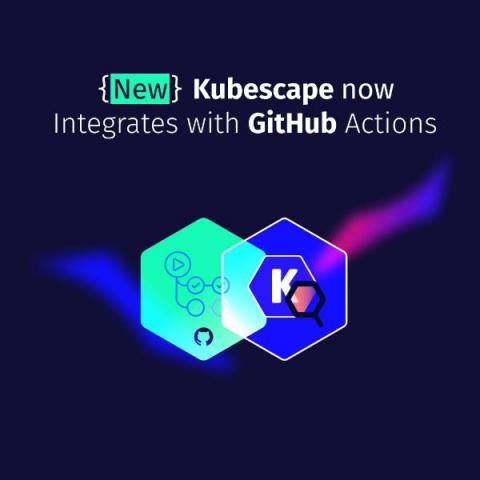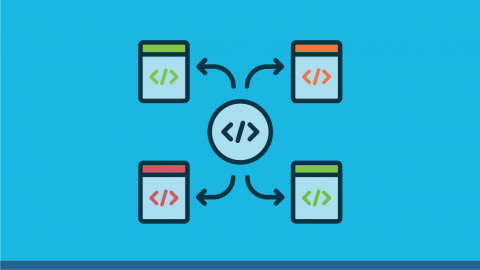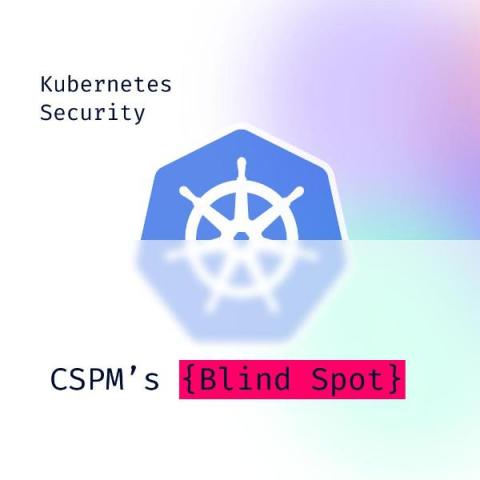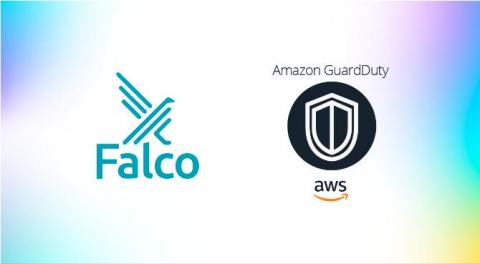Security | Threat Detection | Cyberattacks | DevSecOps | Compliance
Containers
Dynamic Authorization with Policy-Based Access Management
Traditional or static authorization methods no longer meet the demands of today’s digital business environment. Data breaches are on the rise (a 23% increase in 2021, as per the Identity Theft Resource Center), forcing organizations to re-evaluate their security and compliance practices.
How Integrating with GCP Benefits Kubernetes Data Protection and Data Migration for GKE
TFiR has produced its brand-new video show called Let’s See. This is the first time that TFiR has come up with a demo show where we will get to see how some of the technologies and products work.
How to Sign Kubernetes using Sigstore
What is RBAC vs ABAC vs PBAC?
Setting employee controls for IT to manage is the biggest challenge to cloud-native expansion, according to 64% of the developers surveyed in our 2022 Cloud-Native Alignment report.
Sysdig Secure-Google Chronicle Integration - Why, What and How
Cloud adoption and digital transformation have enlarged attack surfaces that can be exploited by malicious actors to harm your organization. Traditional SIEMs and EDRs fall short as they are not cloud-native and also difficult to scale. Further, there are inherent fixed costs that need to be considered when adopting any modern threat detection apparatus.
OPA Management: Challenges and Opportunities
The Open Policy Agent (OPA) is a policy engine that brings the speed, reliability and flexibility of decoupled policy as code to a wide range of authorization use cases across the cloud-native ecosystem. OPA is a Cloud Native Computing Foundation (CNCF) graduated project and has become an industry-wide standard for authorization, with several leading enterprises implementing it in their business-critical cloud systems.
Kubernetes Security: CSPM's Blind Spot
Comparing GuardDuty & Falco on EKS
Security in cloud providers like AWS is usually the highest priority. With EKS, unlike bring-your-own vanilla Kubernetes instances, you benefit from a data center and network architecture that is built to meet the requirements of the most security-sensitive organizations. To achieve this, one of the best ways is to use all the security layers we are capable of having. In this case, we will explain how to use GuardDuty and Falco to speed up threat detection.
Discovered new BYOF technique to cryptomining with PRoot
The Sysdig Threat Research Team (TRT) recently discovered threat actors leveraging an open source tool called PRoot to expand the scope of their operations to multiple Linux distributions and simplify their necessary efforts. Typically, the scope of an attack is limited by the varying configurations of each Linux distribution. Enter PRoot, an open source tool that provides an attacker with a consistent operational environment across different Linux distributions, such as Ubuntu, Fedora, and Alpine.











